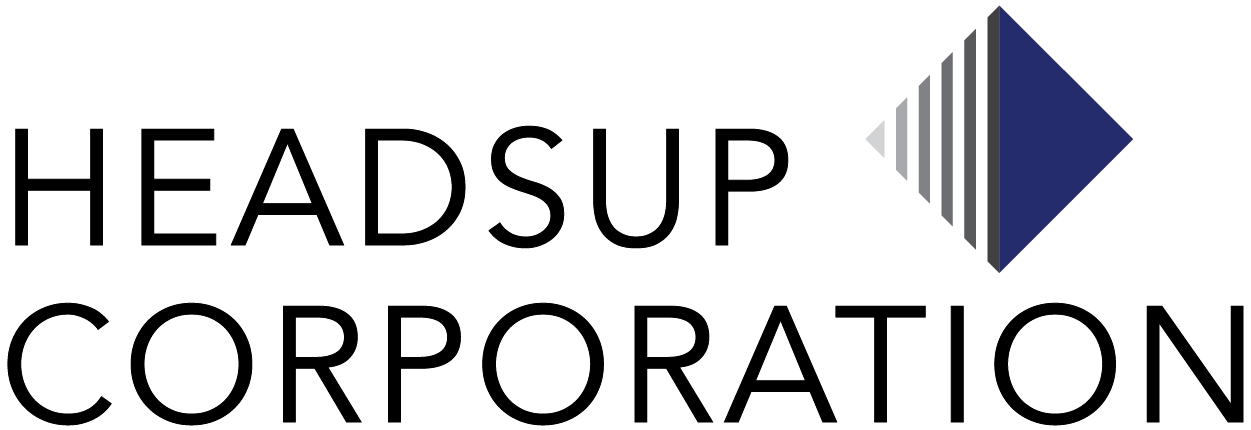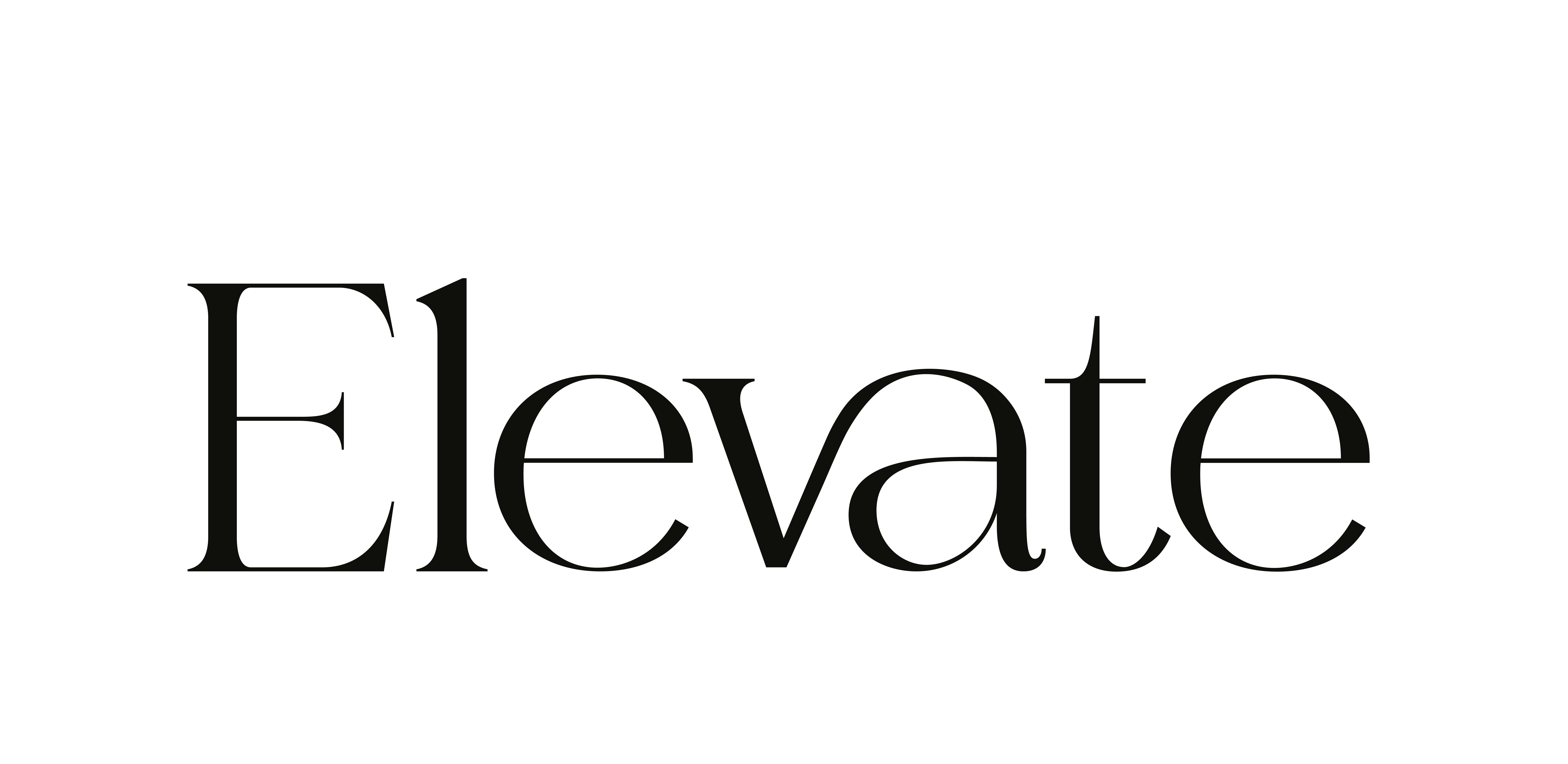The goal-setting framework enabled them to drive focus, alignment, ownership, and an outcome-orientated mindset throughout the organization. Invented by Andy Grove, and popularized by John Doerr, OKRs have also been tried and tested by other big brands like LinkedIn, Airbnb, Spotify, Dun and Bradstreet, OpenX, and Adept Media.
What’s great about this goal-setting framework you wonder? Well! To begin with it is outcome-oriented and helps not just an individual but teams to direct their efforts towards goals/objectives that matter. Many HR folks will argue: What’s new in that?
True. Even Peter Drucker introduced a similar concept in the ʼ50s with Management By Objectives (MBO). It also involves setting clear objectives and driving efforts towards a set direction. However, with OKRs there is more to it. The differentiation between qualitative ‘objectives’ and the quantitative ‘key results’ along with a common timeline make OKRs more powerful. But even though OKRs have the potential to help startups accelerate their and their people’s growth, implementing it is not a cakewalk.
Most startups and SMEs often skip using OKRs, as they find it too complex to implement. But fret not. We at Headsup Corporation are here to help you. Our team of experts can help you better understand OKRs and also assist you in the entire implementation process.

Meanwhile, here are some tips to help you:
1. Differentiating between OKRs & KRAs
Leaders must start to reflect on their brand and firstly, put in order: The what, why and how? Take it up from there and identify all the key objectives. For a business leader it could be: ‘Launch a new product line’. The same practice should be followed by others in the team as well. For a team, the objective could be: ‘Revamp Instagram’s profile page’.
After deciding the objectives define one or more key results associated with each objective.
While objectives give an overview of the ultimate goals, the key results give numerically-based expression of success or progress towards an objective. The most effective key results are specific, time-bound, measurable, and verifiable.
| OBJECTIVE | KRA | TIMELINE |
| Launch a new product line | Increase revenue by 20% | Increase revenue by 20% by both 30th October, 2023 |
| Revamp brand’s Instagram page | Achieve 1 Mn Followers | Achieve 1 Mn Followers by March 31, 2022 |
2.Focus on Outcomes & Impact
Did the output actually generate the expected outcome?
To be able to use OKRs successfully, the leaders must not get blindsided by tasks and outputs alone. They should focus on the impact those tasks have created. For instance, ‘publish 5 social posts’ is an effective key result, but it must also be paired with an outcome the individual or team hopes to drive from these social posts. For instance, publishing 5 social posts leads to increasing followers by 10 percent or at least 2 out of 5 posts increases engagement by 25 percent.
While it is important to emphasize the outcomes, leaders shouldn’t also obsess over it. The magic lies in the journey to achieve these stretched goals and KRAs. When having discussions and regular check-ins, these well-defined outcome-oriented KRAs help identify what’s working and what can be done better. This brings us to the next important aspect:
3.Consistent Conversations: Bi-weekly sprints & Quarterly check-ins
When you are setting goals and deciding KRAs with your team, the world seems to be more promising. But as soon as you get to the real battlefield, you realize you might have wrongly articulated the work you have to do. This is where bi-weekly sprints and quarterly check-ins help. Following up on your goals at an individual and team level, documenting progress, and then reflecting on the entire journey helps recalibrate and course-correct, if necessary. Hence, OKR strategy works well both in short, as well as long term.
Invest heavily in OKR reviews at the end of the quarter. The insights and learnings gathered from OKR review discussions must directly impact the OKRs you sign up for in the upcoming quarter. These quarterly check-ins and bi-weekly conversations are extremely critical for the success of OKR goal setting strategy. The consistency and the flow must not be broken.
4.Rule: Mambo no. 5
While you hum the song in the background (if you have heard it), what we are actually saying here is that: Don’t have more than 5 OKRs. Out of all the work on your plate, there are certain aspects of it that are core to your business and most-critical. You can call them the big mountains to climb. Don’t try to climb more than 5 mountains. Otherwise the entire journey could get a lot more complicated.
“We must realize—and act on the realization—that if we try to focus on everything, we focus on nothing.” ― John Doerr
Identify the key aspects that are crucial for your business, put them into broad buckets (max 5 OKRs) and then break them down into smaller rocks to climb (KRAs), and you are good to go.
5.Uniform scoring system
As OKRs form a critical aspect of performance review, but not the only ones, it is also important to have a scoring system attached to it. How do you measure the success of your OKRs? How do you check your progress? We suggest, no matter what goals, what KRAs, follow a uniform approach to score.
Measuring progress will give the entire team the ability to drive alignment, especially if a lot of collaboration is involved among cross-functional teams. However, for best results, it has to be embedded into the very process. The bi-weekly catch ups and quarterly check-ins shouldn’t just be restricted to qualitative conversations but the teams should also have metrics to assess the success or progress.
We suggest the following scoring system:
1.Misstep: Did not meet expectation < 60% achieved
2.Opportunity: Met expectations but potential for more >= 60% achieved
3.Success: Did we even set ambitious goals? = 100%+ achieved
| OBJECTIVE | KRA | TIMELINE | RESULT | SCORE | CONCLUSION |
| Launch a new product line | Increase revenue by 20% | Increase revenue by 20% by 30th October, 2023 | 50% of the target achieved | Misstep: Did not meet expectation | Revisit the actions taken & reassess the goals |
| Revamp brand’s Instagram page | Achieve 1 Mn Followers | Achieve 1 Mn Followers by March 31, 2022 | 80% of the target achieved | Opportunity: Met expectations but potential for more | Identify what worked and find strategies to improve |
The second or the middle stage is the best to be in. In case, you find your team falling into the third category and achieving all goals, then you didn’t set the right goals. Most advocates of OKR method argue that the goals must always be stretched. So don’t celebrate but recalibrate, if you find your team achieving 100%.
As John Doerr says, “An effective goal-setting system starts with disciplined thinking at the top, with leaders who invest the time and energy to choose what counts.” So wait no more. Take the next step and make a choice to put in your and your team’s efforts in the right direction. And if you are stuck, we are here to help!

Contact us to know more about OKRs & implementing this goal-setting framework.








